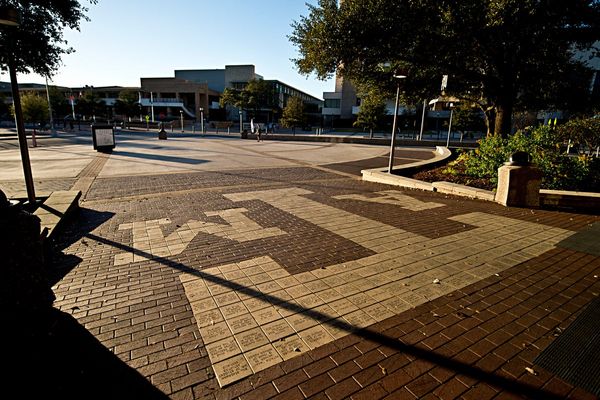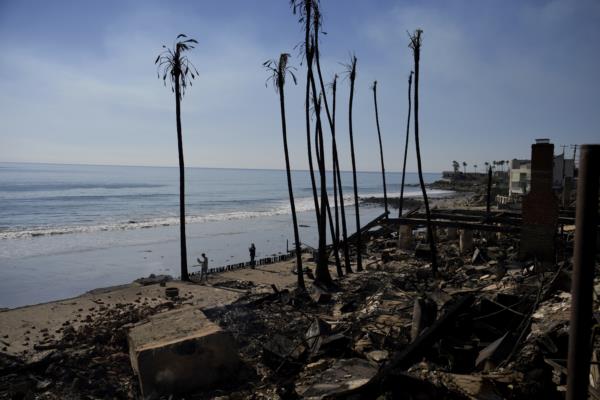
Efforts to increase the number of trees in Los Angeles have faced challenges such as drought, poor trimming practices, and objections from residents. The recent devastating fires have raised concerns about the impact on these tree-planting initiatives.
City arborists have documented significant damage to trees in various neighborhoods, particularly in historically underserved areas like South Los Angeles, Watts, and Inglewood. The aftermath of the fires has left scorched canopies and fallen trees, posing a threat to the urban forest.
The extreme winds caused by the fires have damaged young trees, making them more vulnerable to mortality. Replanting efforts in burned neighborhoods are complicated by climate change, as mature trees planted decades ago may not be suited to current environmental conditions.
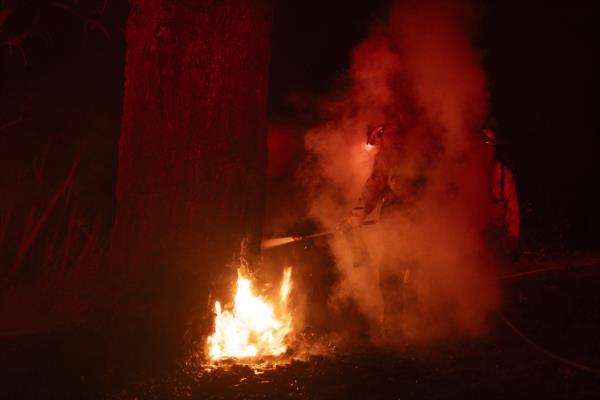

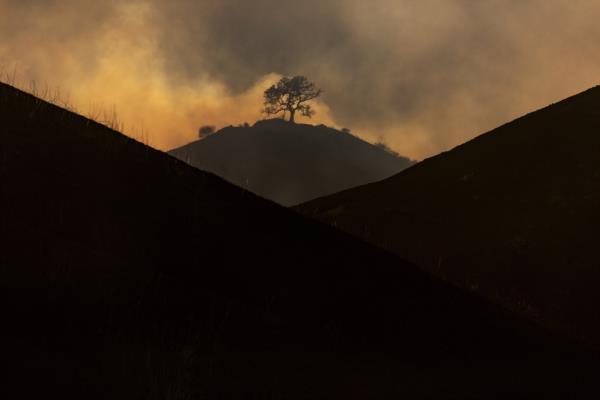
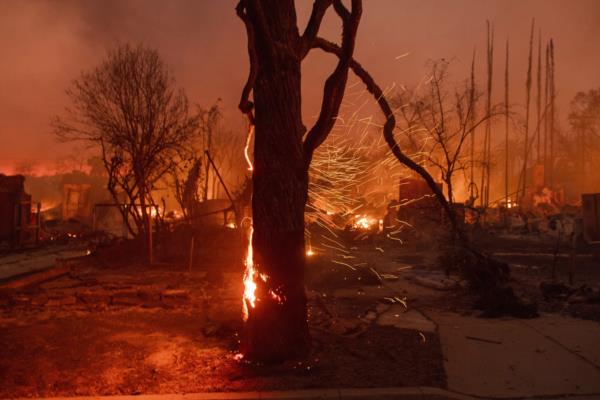
Experts suggest replacing non-native species with climate-resilient trees like the coast live oak, which is native to the region and fire-resistant. However, planting trees with large canopies can be challenging in urban areas where space is limited and community input is essential.
Despite setbacks, advocates emphasize the importance of rebuilding and stewarding urban forests to enhance resilience in the face of climate change and extreme weather events. The long-term goal is to restore neighborhoods with native flora and create sustainable urban environments.
It will take time for neighborhoods to recover from the recent fires, but the commitment to preserving and expanding Los Angeles' urban forest remains steadfast amidst the challenges posed by climate change and environmental factors.





